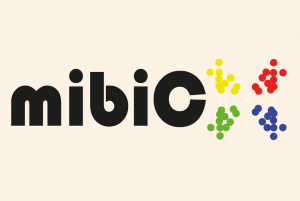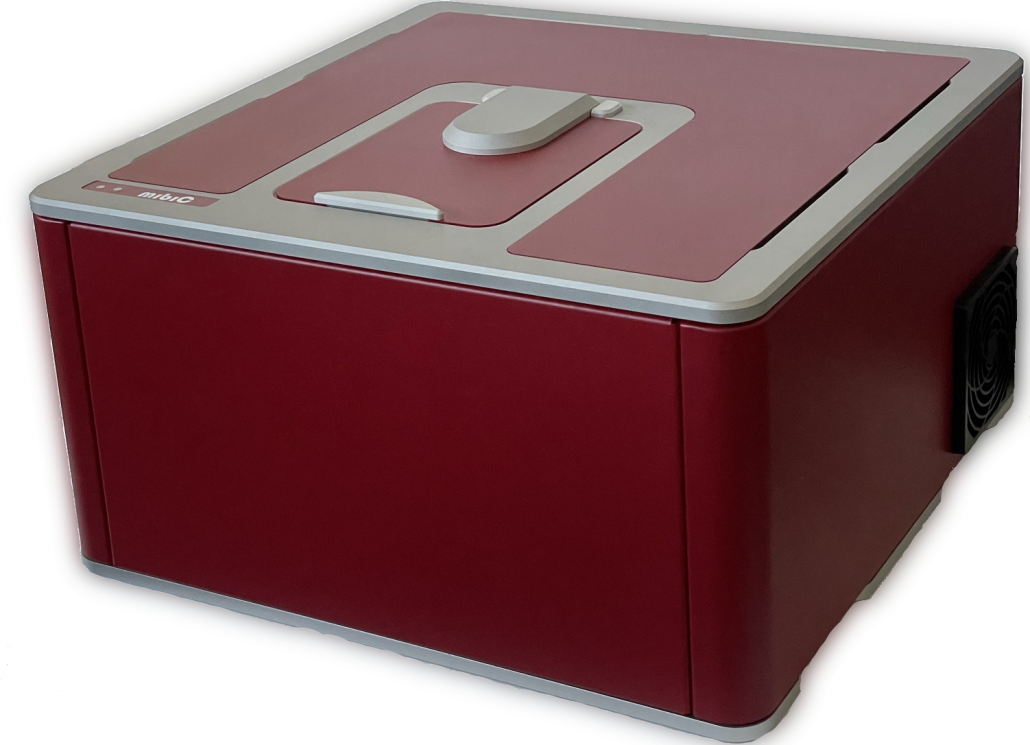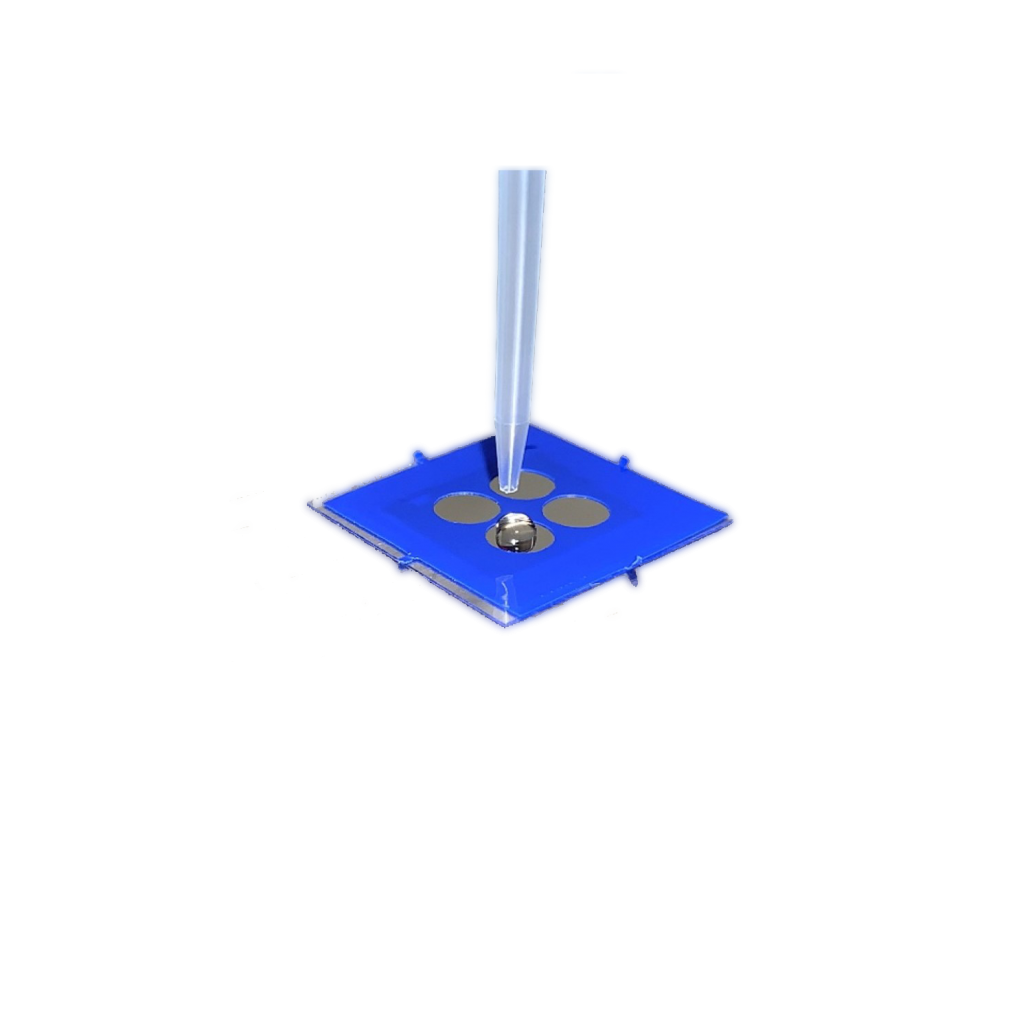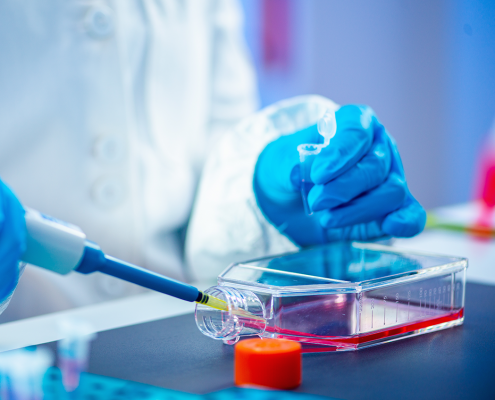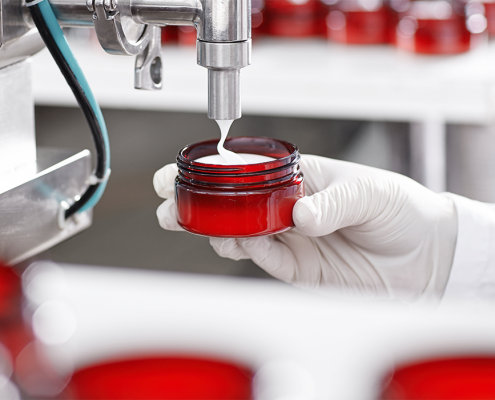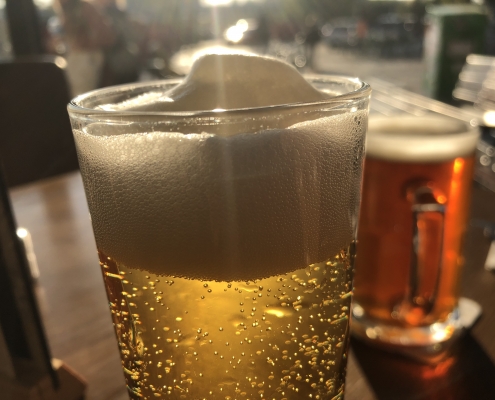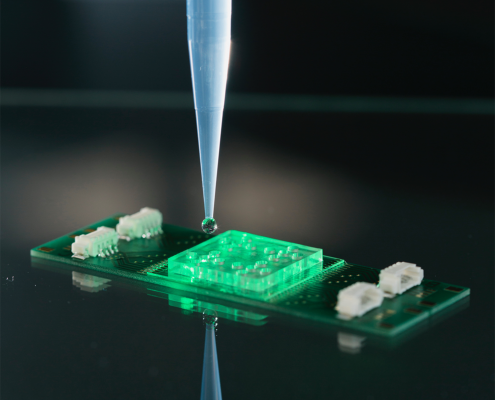Science and Research
Non-growth-based methods for the phenotypic investigation of microorganisms offer fast and label-free direct access to identity determination, vital metabolic functions and the investigation of microbial interactions with substances. Academic applications of the software-controlled, fully automated modular instrument concept GramRay.
Raman spectroscopy differs from other currently used techniques by its easy application at low cost, its high analysis speed and its broad information content both about the chemical composition and the structure of biomolecules within microorganisms.
Slight changes in the chemical composition of microorganisms can be monitored by Raman spectroscopy and used to differentiate genera, species or even strains. Pathogens can be detected from complex matrices such as soil, food and body fluids. In addition, spectroscopic studies of host-pathogen interactions and the effect of antibiotics on bacteria are also dealt with.
